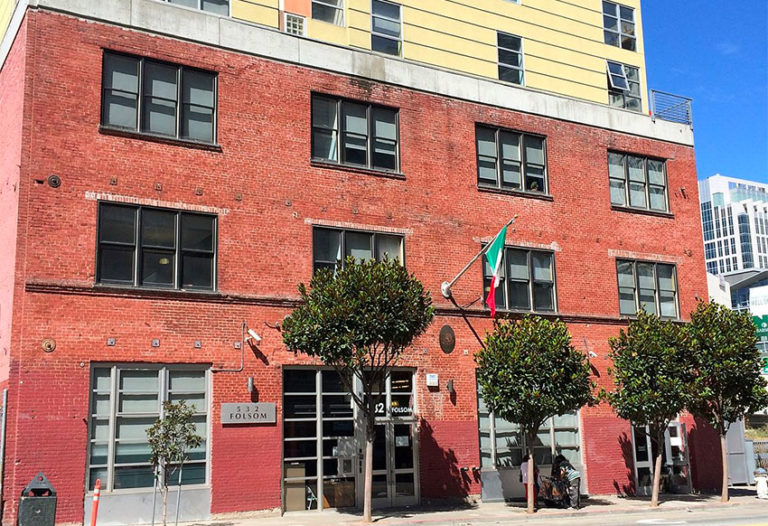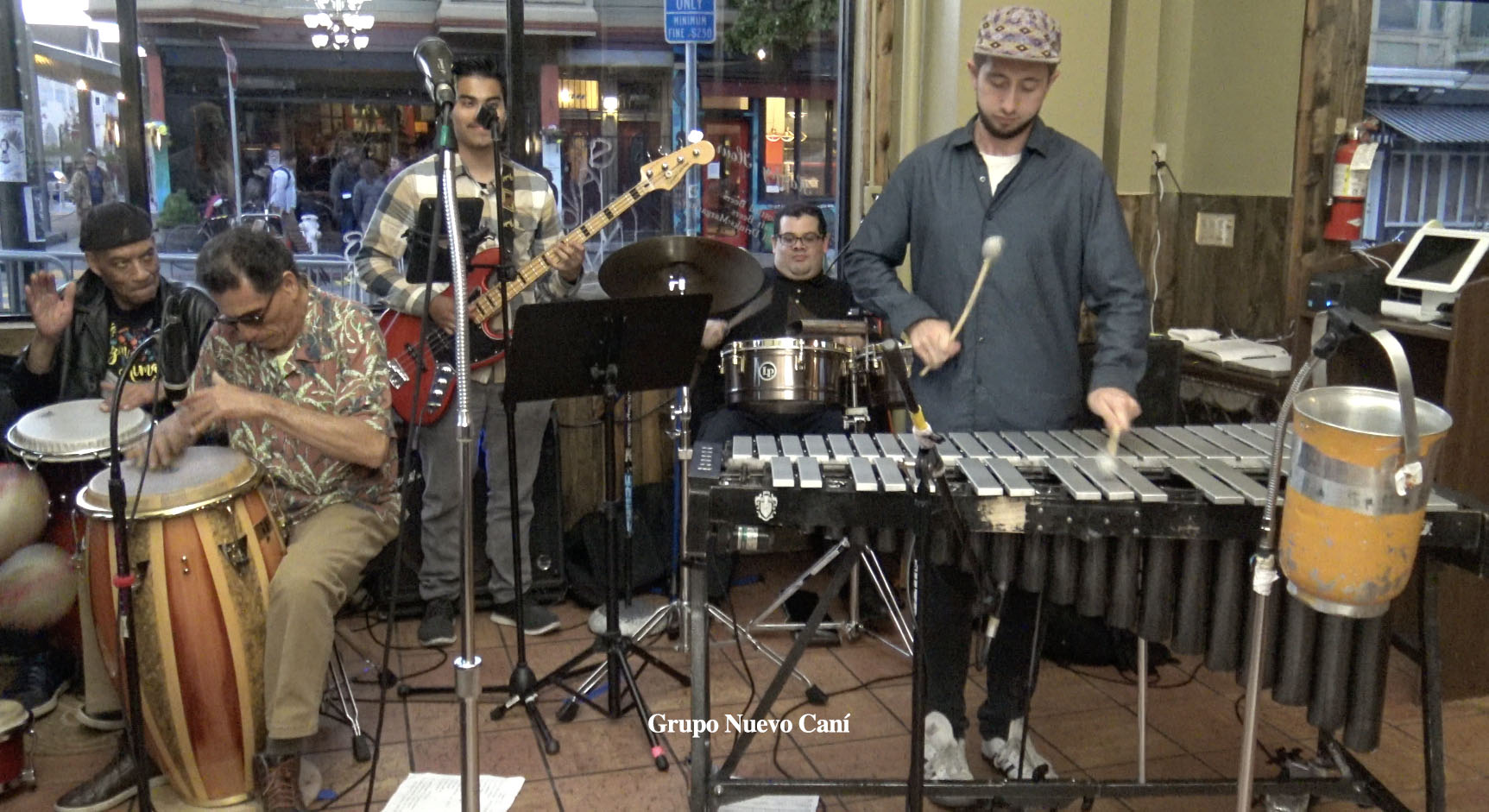NOTE FROM THE EDITOR:
Dear readers:
The news of the death of billionaire Jeffery in jail, opened the hell for the until now a pedophilia world hidden in the darkroom of mainstream media – untouched. The following article, written by without-mincing-words writer, Matt Agoris, gives us a more explained – with logic and direct to the point words, a perspective to many unanswered questions behind this occult elite culture of child trafficking – for sex. – Marvin Ramírez.
It took a billionaire pedophile to die in jail for the mainstream media to finally report on elite child sex trafficking
by Matt Agoris
Adult and child sex trafficking is an unfortunate and horrifying reality that plagues countries around the world—including the United States. As TFTP has reported, people have been arrested attempting to purchase children as young as three-months-old to abuse them, including police officers. Even former child sex slaves have come forward to tell their stories and provide insight into the elite sickos who have the money and resources to deal in the lives of children. This has been ongoing for decades, yet the media and Americans alike, have largely ignored it, until now.
The arrest of Jeffery Epstein and his subsequent demise in the Metropolitan Correctional Center in New York has catapulted the massive problem of elite child sex trafficking into the limelight. Naturally, politicians on both sides — including the president — are attempting to use Epstein’s death for political advantage which has skewed the discourse. However, for the first time, Americans are actually talking about the problem of child sexual abuse among the elite, and this is healthy.
While some Americans are hearing Epstein’s name for the first time, TFTP has been reporting on his special treatment and ties to the elite for years. The child trafficking scandal doesn’t stop at the White House either, it crosses the pond and implicates the royal family too. Last year, a photo of the Queen’s son, Prince Andrew, surfaced as evidence during legal proceedings, showing him with his arm around one of the underage victims.
Epstein is a convicted child molester and sexually abused no less than 40 underage girls. Despite this fact, Alexander Acosta protected him while serving as a U.S. Attorney in Florida. After letting an admitted pedophile off with a wrist slap, instead of being fired, Acosta was then appointed to Trump’s labor secretary in 2017 before resigning last month amid the Epstein controversy.
Instead of going to prison for life, as he should’ve considering the evidence against him, Epstein only got 13 months and was allowed to stay in the Palm Beach County Jail in his own private cell where he was allowed to leave the prison six days a week for “work release”. Epstein was forced to register as a sex offender for life, but with his money and his connections he wasn’t too bothered—until last month.
Despite the left and the right pitting Epstein against their political foes, this pedophile was tied to all sides of the political spectrum.
Just in case you thought sex abuse was a partisan thing, here’s a picture of @POTUS with convicted child rapist and @BillClinton Lolita Express chauffer, Jeffrey Epstein. #ItsABigFuckingClubAndYouAreNotInIt pic.twitter.com/qpNxcdzT6W
— Matt Agorist (@MattAgorist) November 29, 2017
As a report in the Miami Herald noted:
The eccentric hedge fund manager, whose friends included former President Bill Clinton, Donald Trump and Prince Andrew, was also suspected of trafficking minor girls, often from overseas, for sex parties at his other homes in Manhattan, New Mexico and the Caribbean, FBI and court records show.
However, he was never held accountable until last month — only after his victims and dedicated reporters pushed for justice for nearly a decade.
Now, as a tornado of conspiracy theories over Epstein’s death continues to travel across the internet like wildfire, the media can no longer ignore the problem, nor Epstein’s connections.
Maybe now, as the DOJ investigates, the media may start to actually report on this massive problem. This is not the first time high profile figures have been arrested for sick crimes against children and let off with a wrist slap, but it is the first time the media is giving it so much attention—because this sicko is now dead.
As TFTP reported, in April of 2016, Dennis Hastert, former Speaker of the House under Clinton and Bush — and admitted child rapist — was sentenced to 15 months in prison after he was caught paying his victims to keep quiet. However, he was released in 2017 — two months before finishing his already insultingly lenient sentence.
Hastert was sentenced, not for raping children, but for illegally structuring bank transactions in an effort to cover up his sexual abuse of young boys.
Just like Epstein, Hastert was an admitted serial child rapist, yet because he is a well-connected politician and former Speaker of the House, this vile man’s victims received no justice. In fact, Hastert attempted to sue his victims for speaking out after he paid them to stay silent about their abuse.
As TFTP has reported, Washington D.C. not only protects sex abusers but they use your tax dollars to silence their victims. Sadly, most people ignore at least half of all the abuse because blowhards in the media try to turn sex abuse into a partisan issue. Those on the left ignore the crimes of their party, just like those on the right claim sex abuse is a liberal issue. But as we’ve shown, there is no difference between a blue child rapist and a red one.
As the Free Thought Project has previously reported, the problem of child sex trafficking goes all the way to the top in the UK as well. Sir Edward Heath, the former Prime Minister of the United Kingdom was found by the police chief to be a pedophile. Just like what happens in the US, his vile crimes against children were allegedly ‘covered up by the establishment.’
Unfortunately, pedophilia and human trafficking is all too common among those in power. Sadly, however, those who attempt to draw attention to this problem are labeled as conspiracy nuts or perpetrators of fake news. Hopefully, as the truth comes out in regard to Jeffrey Epstein, the establishment will have a harder time protecting society’s worst.







